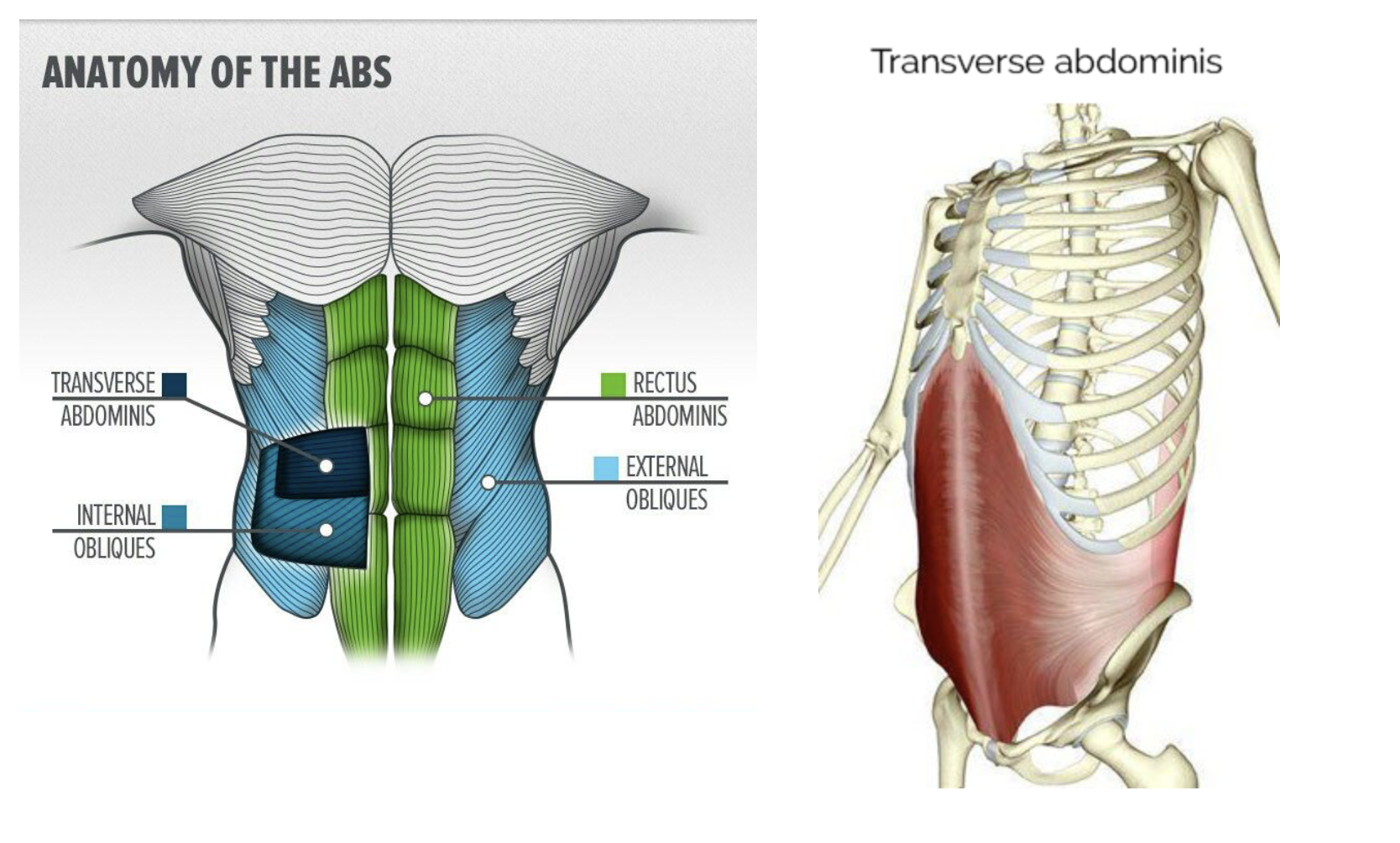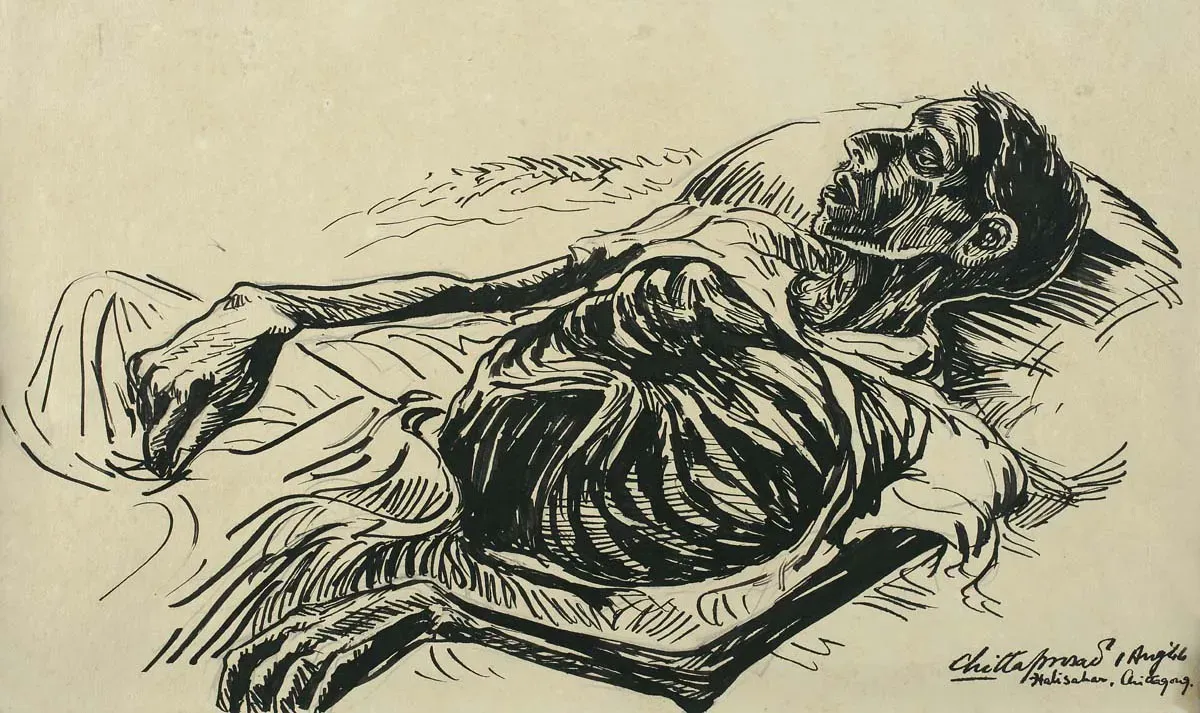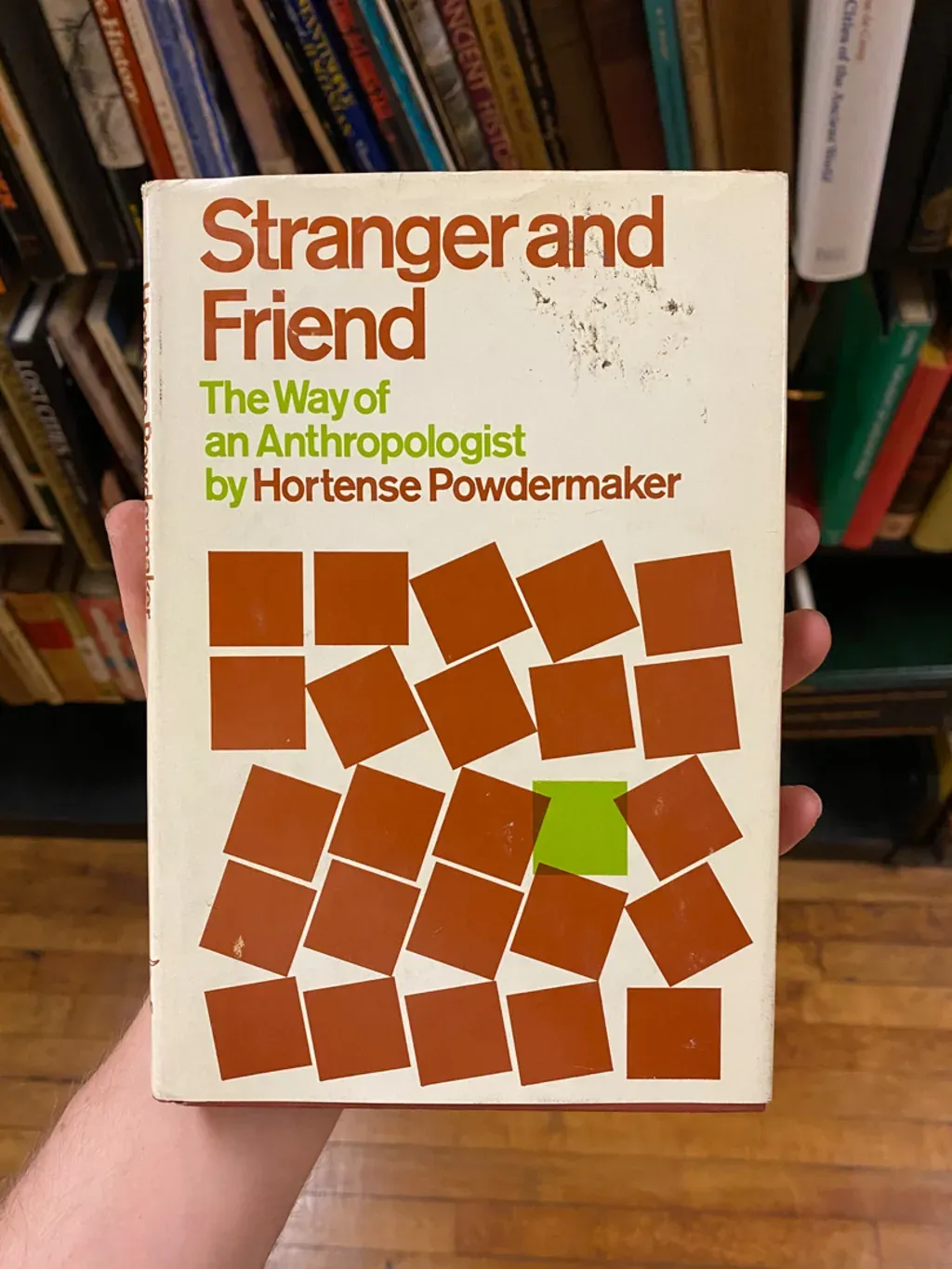Kerim's Triptych for Sunday, May 19th, 2004

Welcome 👋 to Kerim's Triptych, a free newsletter that delivers three fabulous links to your inbox, just three times a month. (If you didn't intend to subscribe, or you don't want to receive these anymore, there is an unsubscribe link at the bottom.)
1️⃣ Perseverance

The first item is a new blog post by yours truly. Three years after having written a series of posts about my struggles with hip pain, I have an important new update in which I urge people not to give up the fight.
If I were to chart my overall wellbeing on a graph from -10 to +10, then when this all started about 5 years ago I was at -3. Not catastrophic, but the chronic nature of it was affecting all parts of my life. With hard work and the help of therapists and trainers, I was able to get up to about +3 after about four years. That is what my earlier blog posts described. But then I faced an important question: is this as good as it gets? Can I ever get back to +10?
For the past year and a half I've felt like I was stuck. In some ways I was now in better shape than I'd ever been in my life, even better than when I was doing varsity sports and martial arts in my twenties. My hip was much better too. I no longer was in pain all the time, and I was getting proper sleep. But I still was having problems. Sometimes, especially after sitting for a long time, I would get up and start limping. And I couldn't easily put on my socks and shoes anymore. These and some other issues made me feel like I had the hips of someone twice my age.
Was this just something that I needed to accept? Would it just continue to get worse over time until I needed surgery? Or was there something I was missing, something that I could do to start making real progress again? If you know me, you know that I didn't accept it, that I kept fighting. I'm glad I did! If I was at +3 six months ago, I'd say I'm at about +6 or even +7 now. And in some ways I actually have better hip mobility now than I did when I was young.
Read on to get into the details and learn how to activate your transverse abdominis!
2️⃣ Three Million

I recently listened to this excellent (and relatively short) BBC podcast series on the Bengal Famine:
During the Second World War, at least three million Indian people, who were British subjects, died in the Bengal Famine. It was one of the largest losses of civilian life on the Allied side. But there is no memorial to them anywhere in the world - not even a plaque. Can three million people disappear from public memory?
From the award-winning creator and presenter of Partition Voices and Three Pounds in My Pocket, this is the story of the 1943 Bengal Famine in British India - the forgotten story of World War Two. For the first time it is told by those who were there - farmers and fishermen, artists and writers, colonial British and everyday citizens. Nearly all of the testimony in the series has never been broadcast before.
Eighty years on, those who lived through it are a vanishing generation. Time is running out to record their memories.
Because it is the BBC, there is a lot of handwringing about how, even if he was a racist whose actions led to the perfectly avoidable death of millions of people, Winston Churchill was still a great guy and we shouldn't feel like we need to stop worshipping him as a hero . . . But if you can get over that bit, it really is worth your time.
3️⃣ Modernist Book Covers

I loved this blog post about paperback book covers from the late sixties and early seventies, at the height of modernist design. I once owned several of these books myself, and it seems that Second Hand (the book from which this list is drawn) has a lot of entries related to anthropology books. Here is the entry for Hortense Powdermaker's Stranger and Friend (1966):
This book cover, whose designer is unknown, utilizes a grid of identical, slightly rotated brown squares surrounding a single green square of the same size. The title echoes the colors. “I assume they’re representing people, and one individual person surrounded by other people, and that’s the metaphor,” Reed hypothesizes. “Simplifying everything into the most simple.”
Endnote
❤️ Enjoying Triptych? Let you friends know! Encourage them to sign up via the Triptych website.
💬 Or maybe you'd consider writing a short endorsement for the "kudos" page? You can just email it to me, or fill out this Google form.
💰 Last, but not least, you can also show your appreciation by becoming a sponsor. A big shout out to my current paid subscribers, whose contributions keep this place running — and help keep me motivated.
Thank you!

Member discussion